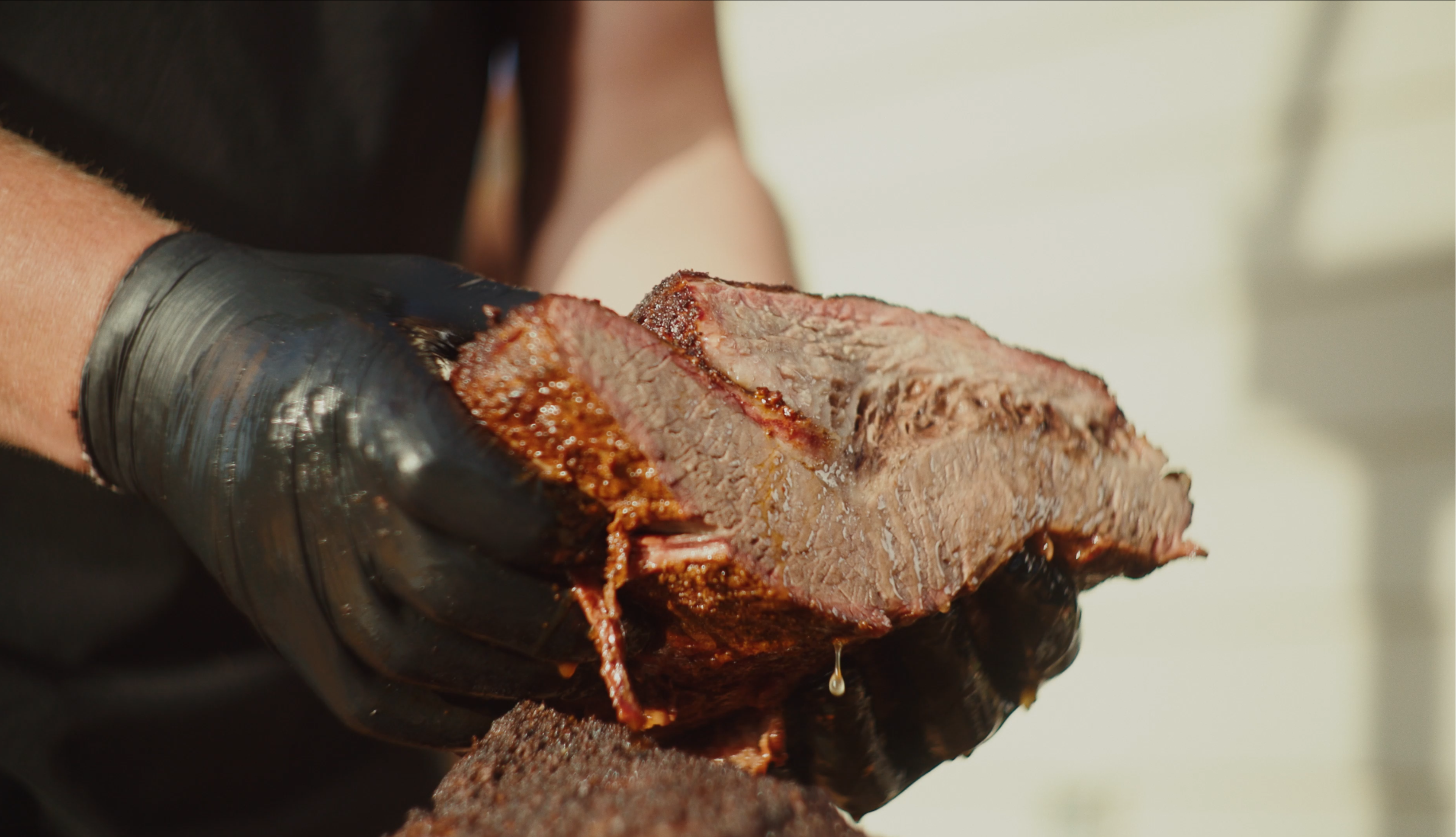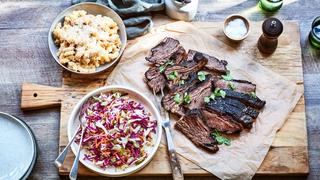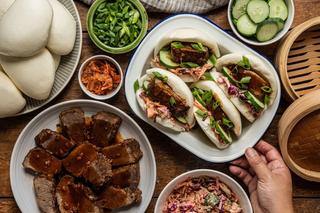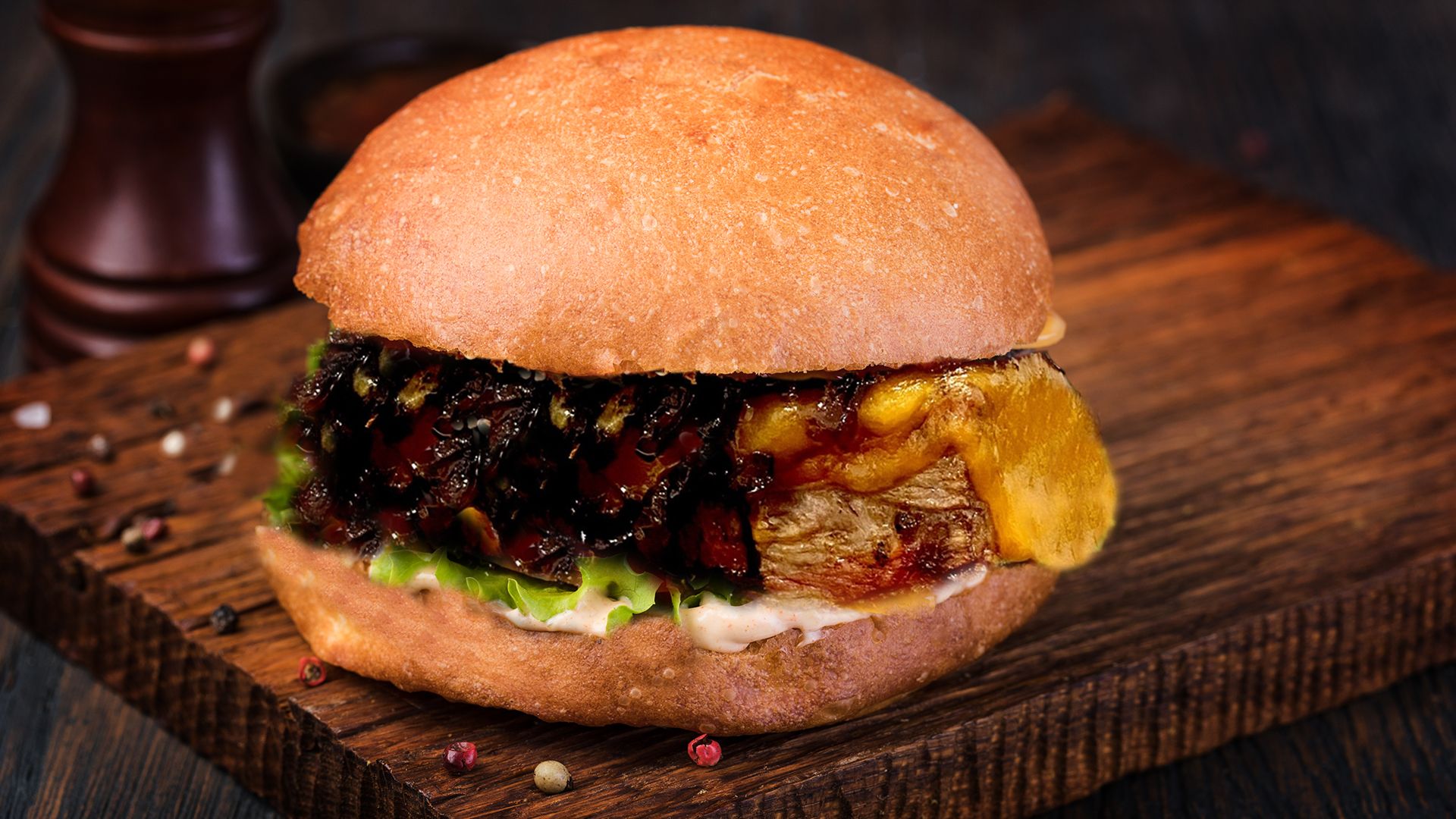Learn
| Ingredients | How to cook beef brisket
How to cook beef brisket
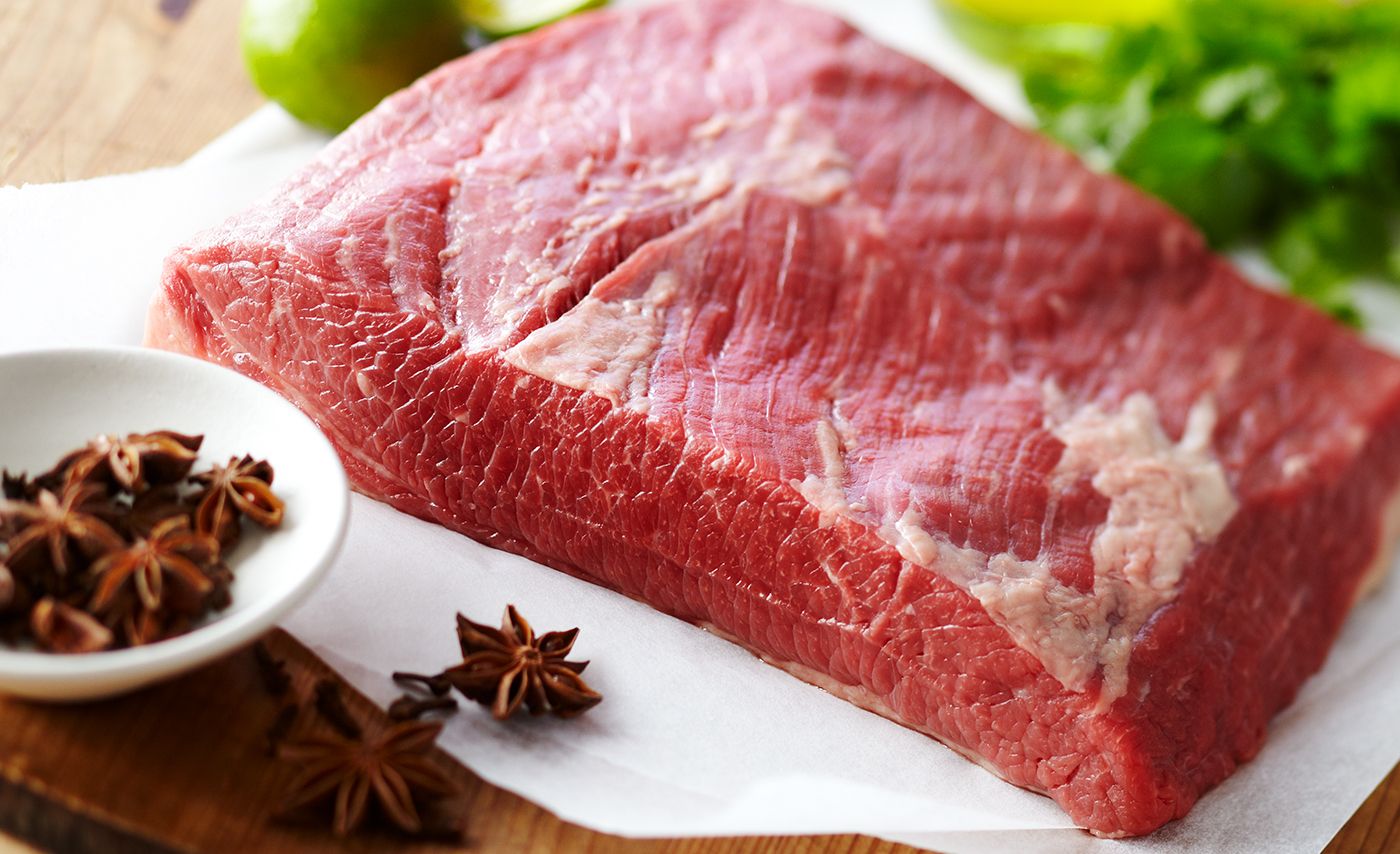
This budget-friendly, versatile cut provides a great meal any day of the week being slow-cooked in an aromatic broth served with seasonal vegetables or carved the next day for a hearty sandwich. A low n’ slow BBQ favourite, brisket will be tough if cooked quickly, but when cooked slowly over time, it develops a delicious flavour and produces melt-in-the-mouth meals.
The cut
The brisket is the muscle found in the lower chest or pectoral. This cut comes from a large working muscle that supports a large percentage of the body weight requiring a significant amount of connective tissue. This tissue breaks down when prepared using slow, moist cooking methods such as casseroling, barbecuing, and braising.
How to cook
Best cooking methods – Slow Cook, Simmer, BBQ (low n' slow)
Brisket benefits from long slow cooking with a considerable amount of moisture to break down the connective tissue and produce a tender result. Lightly oil and season the brisket in a frying pan over medium-high heat to achieve a rich brown colour. Transfer to a slow cooker arranging in a single layer to ensure even cooking. Add stock or liquid to almost cover the meat and bring to a simmer, reduce heat to low and cover with a tight-fitting lid according to the recipe. The end result should be fork tender.
Cooking brisket on the bbq
For the barbecue, you want to trim the fat on the fatty side of the brisket using a very sharp knife so that it is about 5 mm thick, but no less. On the meatier side, remove the web-like membrane so that the coarsely grained meat underneath is visible. You then want to rub the brisket evenly on both sides with salt and pepper (and whatever additional seasoning you prefer).
At the barbecue, you want to set it up for indirect cooking at a low heat (around 110° C). Refer to our BBQ guide for further instructions on how to set up.
You then spray the brisket on both sides with water to make the surface wet, add wood chips to the BBQ (apple or oak go nicely), and when smoke appears, place the brisket, fat side down, on the top cooking grate, close the lid, and cook over indirect, very low heat until it has a nice dark crust on the surface (this should take about 4 hours). After the first hour, add remaining wood chunks to the barbecue. The surface colour of the meat indicates that you have created a good ‘bark’, and that the brisket will no longer absorb much smoke, so it is time to wrap it up. While colour is the primary indication, you should also check the internal temperature of the meat at this point. It should be somewhere between 65 and 70° C in the thickest part of the meat.
Remove the brisket from the barbecue, and spray it on both sides with water. Then wrap the brisket in damp baking paper before tightly wrapping it in heavy-duty aluminium foil.
Place the wrapped brisket, fat side down, on the top grate of the barbecue and continue cooking over indirect very low heat, with the lid closed, until the meat is so tender that when you press it with your fingers through the foil, it feels like a giant marshmallow and the internal temperature is 90–95° C, (this should be 2 to 4 hours or more). It's important to remember that when it comes to brisket, tenderness is a more important indicator of doneness than temperature. The amount of time required will depend on the particular breed of cattle and other characteristics of the beef.
Transfer the brisket, still wrapped in foil, to a dry, insulated coolbox. Close the lid and let the meat rest for 2 to 4 hours.
Unwrap the brisket and place it on a cutting board, being careful to keep the precious meat juices in the foil.
Warm the barbecue sauce over a medium heat on the stove for about 5 minutes. Cut the brisket across the grain into thin slices, and serve with as much or as little sauce as you like. If desired, add the meat juices to the sauce. If the meat from the flat is a little dry, coarsely chop it and mix with as much sauce as you like.

Nutritional information
Summary:
- Good source of Protein
- Good source of Zinc, Vitamin B12
- Source of Iron and Phosphorus
- Low Sodium
Nutrient Composition:
Brisket, Naval End, Lean, Braised (per 100g)
- Energy: 1100kJ
- Energy: 264kcal
- Protein: 29.4g
- Total Fat: 16.4g
- Saturated Fat: 5.6g
- Polyunsaturated Fat: 0.51g
- Omega 3: 0.15g
- Monounsaturated Fat: 7.0g
- Cholesterol: 78.5mg
- Sodium: 392mg
- Iron: 1.84mg
- Zinc: 5.76mg
- Vitamin B12: 1.34ug
- Vitamin D3: 0.22ug
- 25-OH Vitamin D3: 0.15
- Selenium: 3.6ug
Consider nutrition information of other ingredients added while cooking.
Source: www.foodcomposition.co.nz/search/food/M1070/full-grouped

